This page contains teaching modules for classroom and field activities related to the BioB project.
BioB Field Surveys
Please note that we are currently update the field survey data collection portal. An update is expected in May 2022!
The field survey modules include suggestions for exploring your local insect diversity, and detailed instructions on collecting data on true bugs and their host plants, and contributing to the collaborative research project. This module is compatible with a wide range of grade levels (grades 4-12 are suggested). Collecting field data is central to Bugs in our Backyard — this is the backyard! The shared data generated by participants is made publicly available for analysis and as an additional teaching tool.
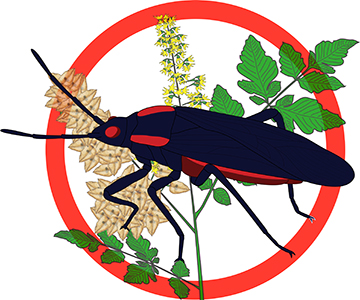
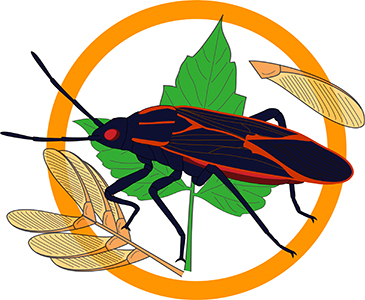
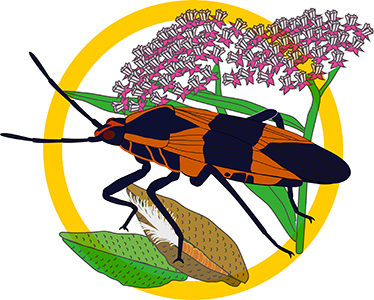
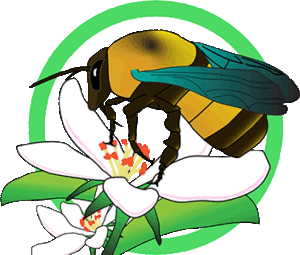
- A BioB Field Guide provides keys and visual guides to the plants and insects targeted by each survey, as well as an introduction to insects in general. The Guide is meant to be a stand-alone document that will allow citizen scientists to contribute to the BioB surveys. (We’re still updating about 4 pages of the 32-page guide. Check back periodically for content updates.)
More information and suggestions on logistic planning for student groups are provided in the teaching modules below, which are customized for each survey.
- Golden Raintree / Soapberry Bug Survey Teaching Module
- Boxelder Survey Teaching Module
- Milkweed Survey Teaching Module
- Bumblebee Survey Teaching Module
- Open-ended Insect Survey Teaching Module
Additional resources
- A Field Data Sheet is a place to record observations about the field site, plants and insects. The same sheet can be used for all BioB surveys, and it is included in the Field Guide.
- Metric graph paper may be useful as a background for photographs of the insects you find.
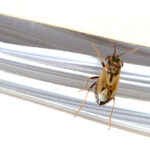 Book list
Book list
This list includes books for a range of ages (pre-K through young adult), fiction and non-fiction. The guide books and references here are those that we have found helpful. For fiction, we have included books with great stories that touch on themes of ecology, biodiversity, invasive species, human migration and other topics related to the life sciences.
 The Bugs In Our Backyard Coloring Book
The Bugs In Our Backyard Coloring Book
Engage students with this copyright-free coloring book. Nineteen pages of insects and other interesting animals, plus information on insect anatomy and life cycles, and suggestions for accompanying lessons. Each page includes sentences about the insects designed for beginning readers. At the bottom of each page, more detail is available for teachers or older students.
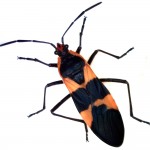 Keeping milkweed bugs
Keeping milkweed bugs
Large milkweed bugs, Oncopeltus fasciatus, are colorful, fast-growing insects. They are native to the temperate US, where they feed and breed on milkweed. However, they can be purchased cheaply online, and kept easily the classroom. This document will tell you how to keep these insects and provide some ideas for classroom activities.
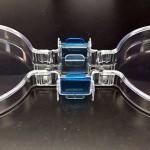 Behavioral choice experiments
Behavioral choice experiments
A simple behavioral test you can do in the lab or classroom is a choice test. In this type of experiment an animal, such as a milkweed bug, is placed in the middle of a “choice chamber” with two alternatives to either side. Students can test a limitless range of questions about bug behavior by filling the sides of the chamber with different foods, different colors or intensities of light, or the smells of different attractant or repellant chemicals. This activity is great when it’s cold outside! Instructions are included for working the chi-square test to help interpret results.
 Scavenger Hunt!
Scavenger Hunt!
Explore your backyard with younger students in this fun scavenger hunt. Three scrambled worksheets are provided, and some suggestions to use the experience as an opportunity to teach about food webs, seed dispersal, metamorphosis, pollination and other ecological concepts.
